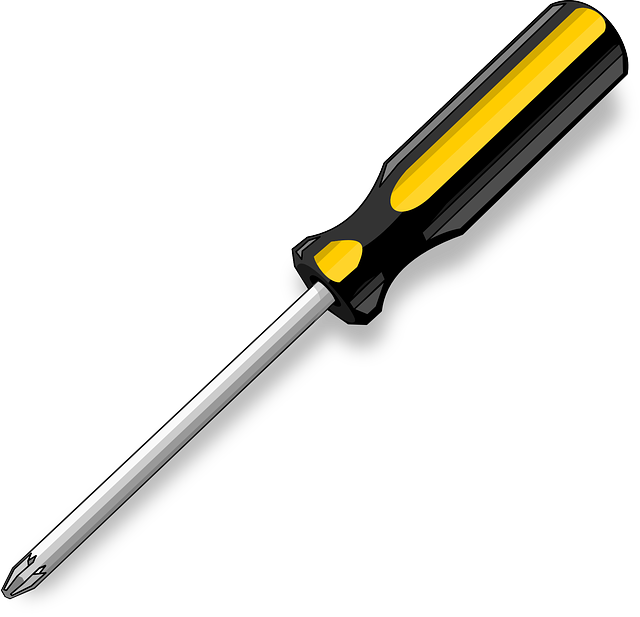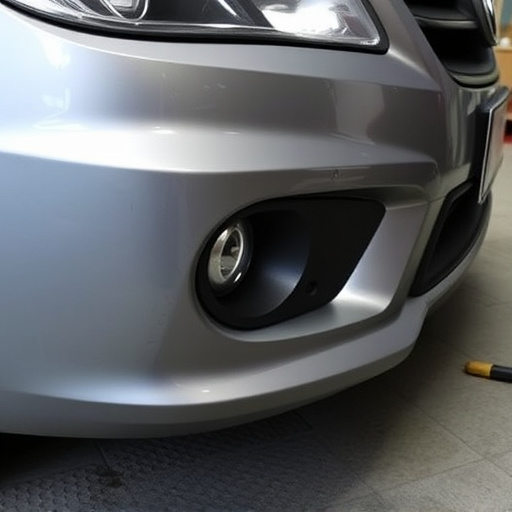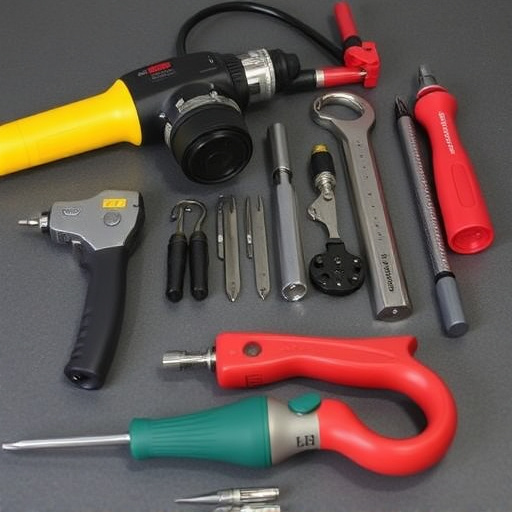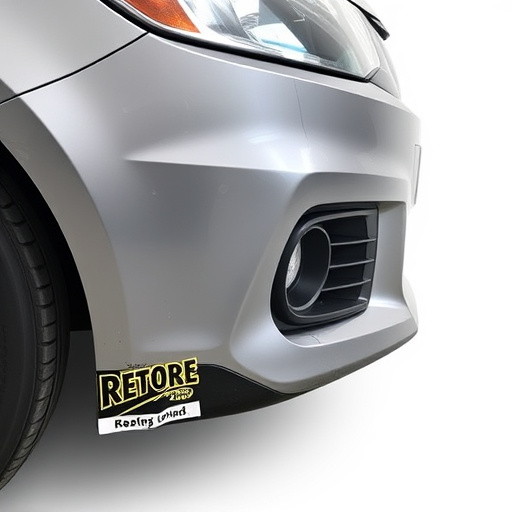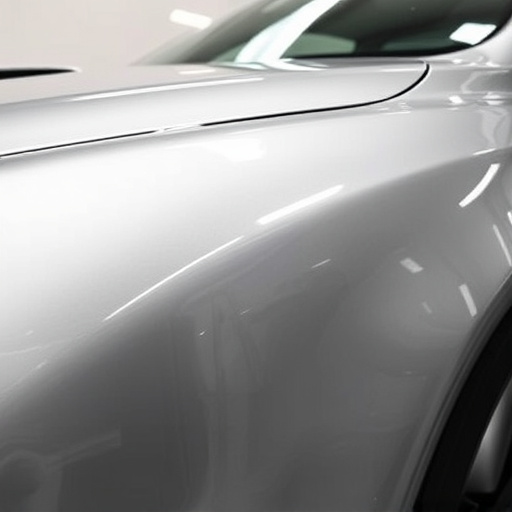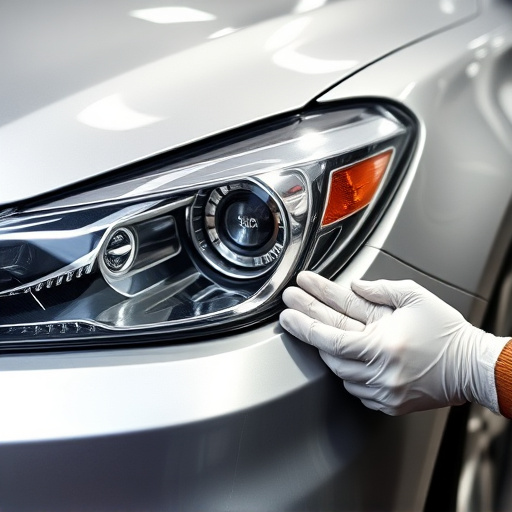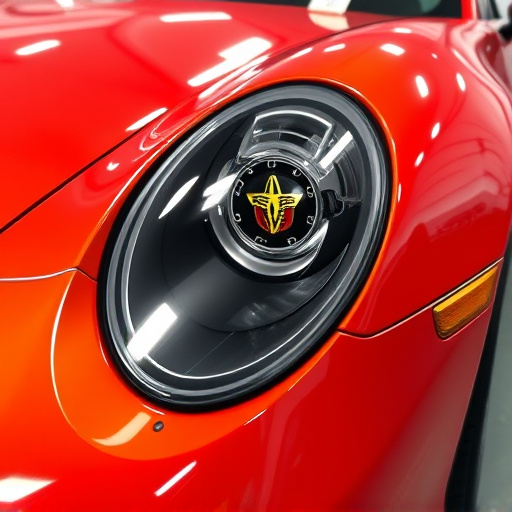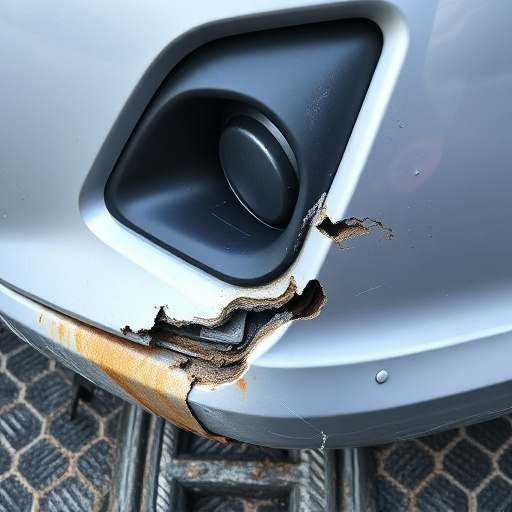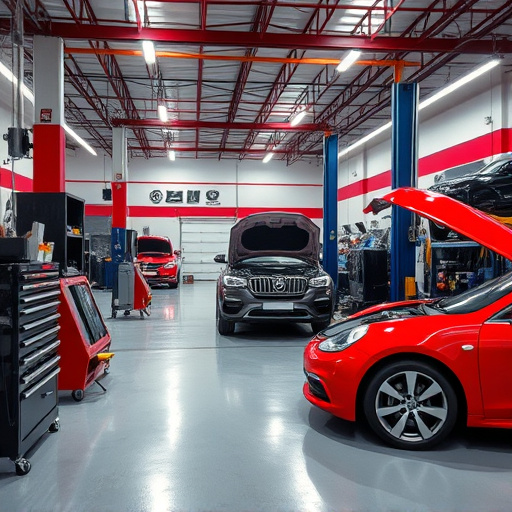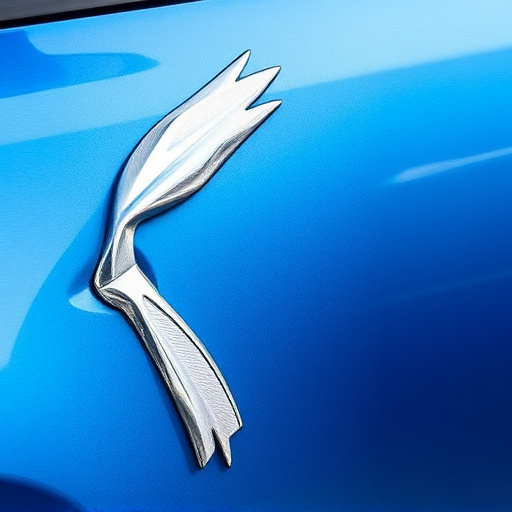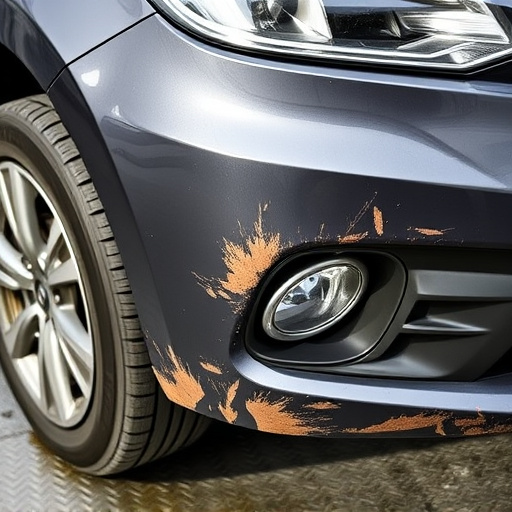Mercedes sensor adjustment optimizes blind spot detection systems using radar and camera sensors, enhancing road safety by identifying hidden hazards. Regular calibration by professionals ensures accurate readings, preventing collisions and improving driver confidence in modern luxury vehicles like Mercedes-Benz.
Mercedes-Benz leads the pack in automotive sensor technology, particularly in blind spot detection. This innovative feature relies on precise sensor adjustments to ensure drivers are aware of vehicles in their blind spots. This article delves into the world of Mercedes sensor technology, provides an overview of blind spot monitoring, explains the importance of adjusting sensors for optimal accuracy, and highlights regular calibration as a key safety measure. Discover how proper Mercedes sensor adjustment keeps you safer on the road.
- Mercedes Sensor Technology: A Blind Spot Overview
- Adjusting Sensors for Optimal Detection Accuracy
- Ensuring Safety: The Role of Regular Calibration
Mercedes Sensor Technology: A Blind Spot Overview
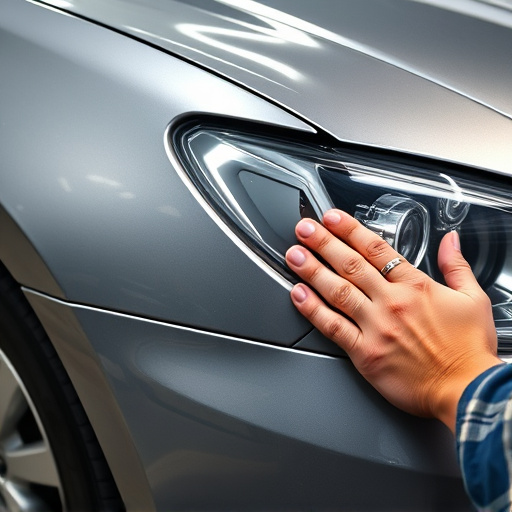
Mercedes has been at the forefront of automotive sensor technology, integrating advanced systems into their vehicles to enhance safety and driving experience. At the heart of this innovation lies the blind spot detection system, a crucial feature designed to alert drivers of potential hazards in their blind zones. This technology employs a network of sensors strategically placed around the vehicle, including radar and camera-based systems, to monitor adjacent lanes.
The Mercedes sensor adjustment plays a vital role in ensuring these detection systems operate at peak accuracy. By calibrating and fine-tuning the sensors, the automotive body shop can optimize their performance, leading to more reliable blind spot monitoring. This is particularly important for tasks like lane changes and merging, where accurate detection can prevent accidents. In an automotive repair scenario, skilled technicians would meticulously adjust these sensors, ensuring they provide drivers with clear and timely warnings during all types of driving conditions, thereby enhancing overall road safety.
Adjusting Sensors for Optimal Detection Accuracy
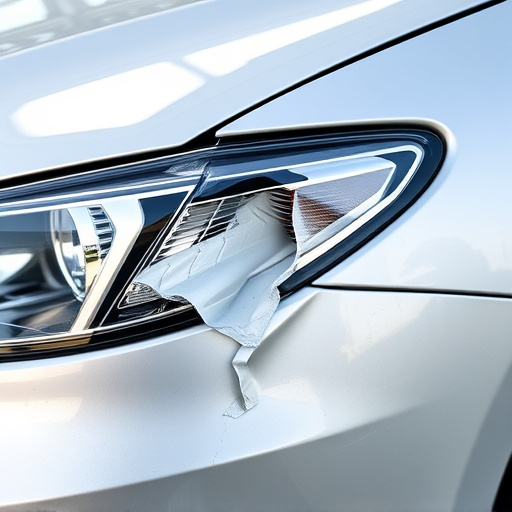
In ensuring proper blind spot detection accuracy, the Mercedes sensor adjustment plays a pivotal role. This meticulous process involves calibrating and fine-tuning the vehicle’s sensors to detect any potential hazards in the driver’s blind spots with unparalleled precision. By adjusting these sensors, the Mercedes system can accurately identify vehicles or obstacles that might be hidden from direct line of sight, thereby enhancing safety on the road.
A well-executed Mercedes sensor adjustment is particularly crucial for modern vehicles equipped with advanced driver assistance systems (ADAS). This is especially true in bustling urban environments or during classic car restoration projects, where precise sensor calibration can mean the difference between a smooth drive and a potential collision. Unlike traditional automotive body work or even collision repair shop processes, the sensor adjustment focuses on refining the vehicle’s digital perception, making it an essential step in maintaining optimal performance for safety features like blind spot monitoring.
Ensuring Safety: The Role of Regular Calibration
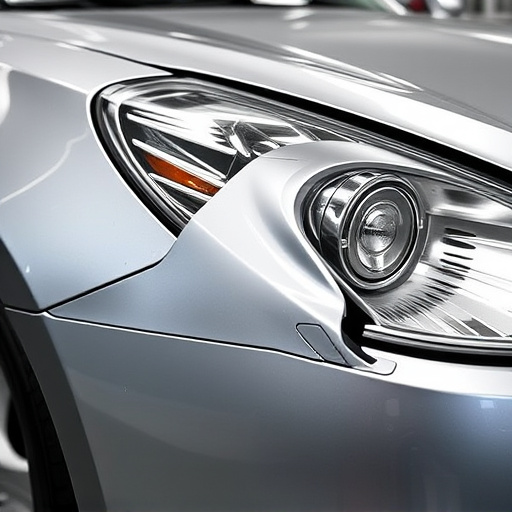
Mercedes sensor adjustment plays a pivotal role in ensuring the safety of every journey. Modern vehicles, especially those from luxury brands like Mercedes, are equipped with advanced driver-assistance systems (ADAS) that heavily rely on precise sensor data to detect blind spots and potential hazards. Regular calibration of these sensors is crucial to maintain optimal performance and accuracy. Over time, environmental factors, wear and tear, and even minor accidents can impact the sensitivity and positioning of sensors, leading to less than accurate readings.
Proper Mercedes sensor adjustment and regular calibration help prevent unfortunate events that could have been avoided. For instance, a misaligned or contaminated sensor might fail to detect a vehicle in an adjacent lane, increasing the risk of collisions. Professional collision centers specializing in car dent removal and collision repair services often offer sensor recalibration as part of their comprehensive ADAS restoration processes. This ensures that your Mercedes’ blind spot detection system operates at peak efficiency, providing drivers with the confidence needed for safer driving experiences.
Mercedes sensor adjustment is a critical process that ensures the accuracy of blind spot detection systems. By calibrating sensors regularly, drivers can maintain optimal safety while navigating busy highways and urban streets. This simple yet essential maintenance practice plays a vital role in preventing accidents and fostering a smoother driving experience. Regular sensor adjustments are a game-changer in enhancing vehicle safety, especially with Mercedes’ advanced sensor technology.

